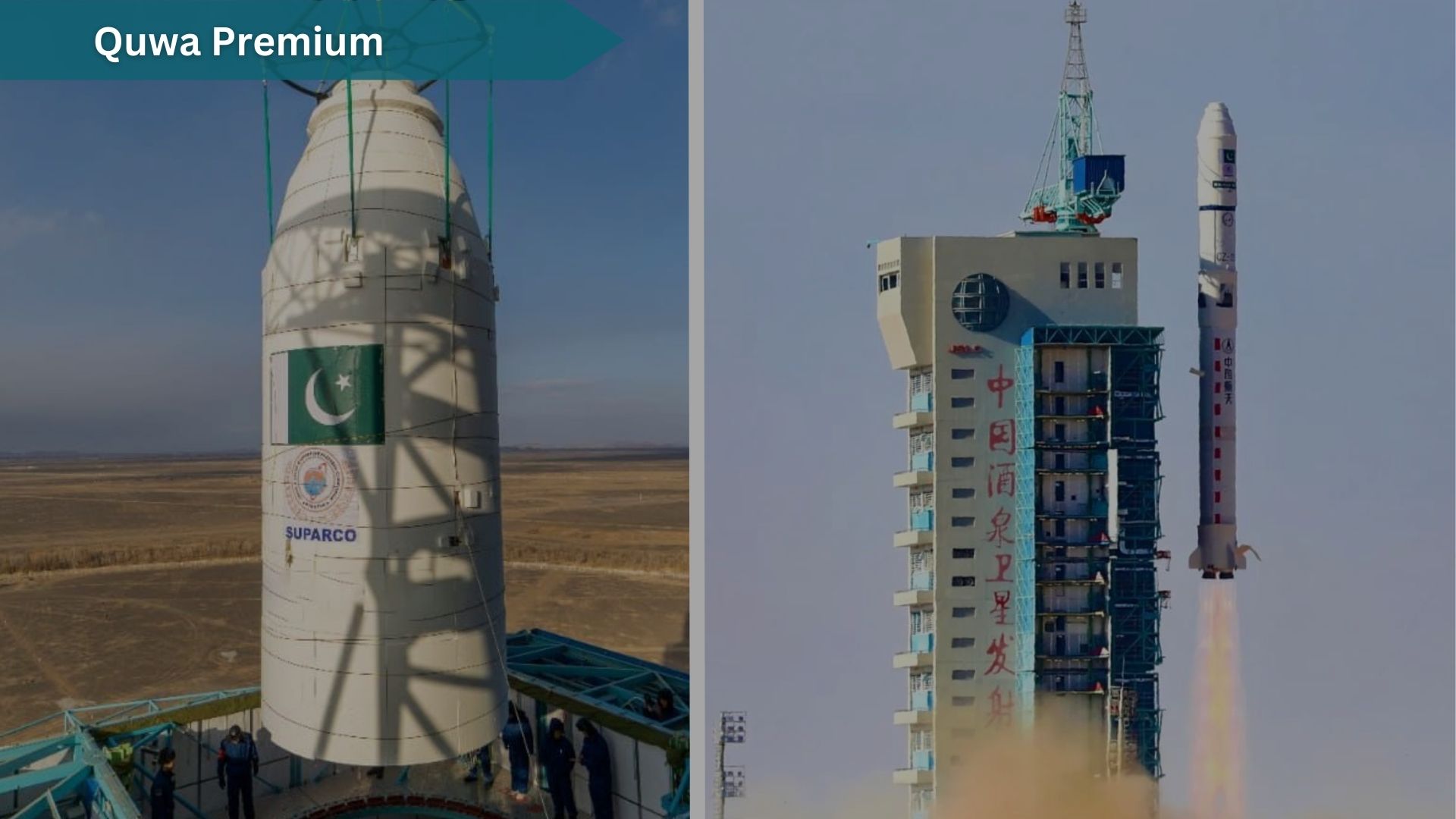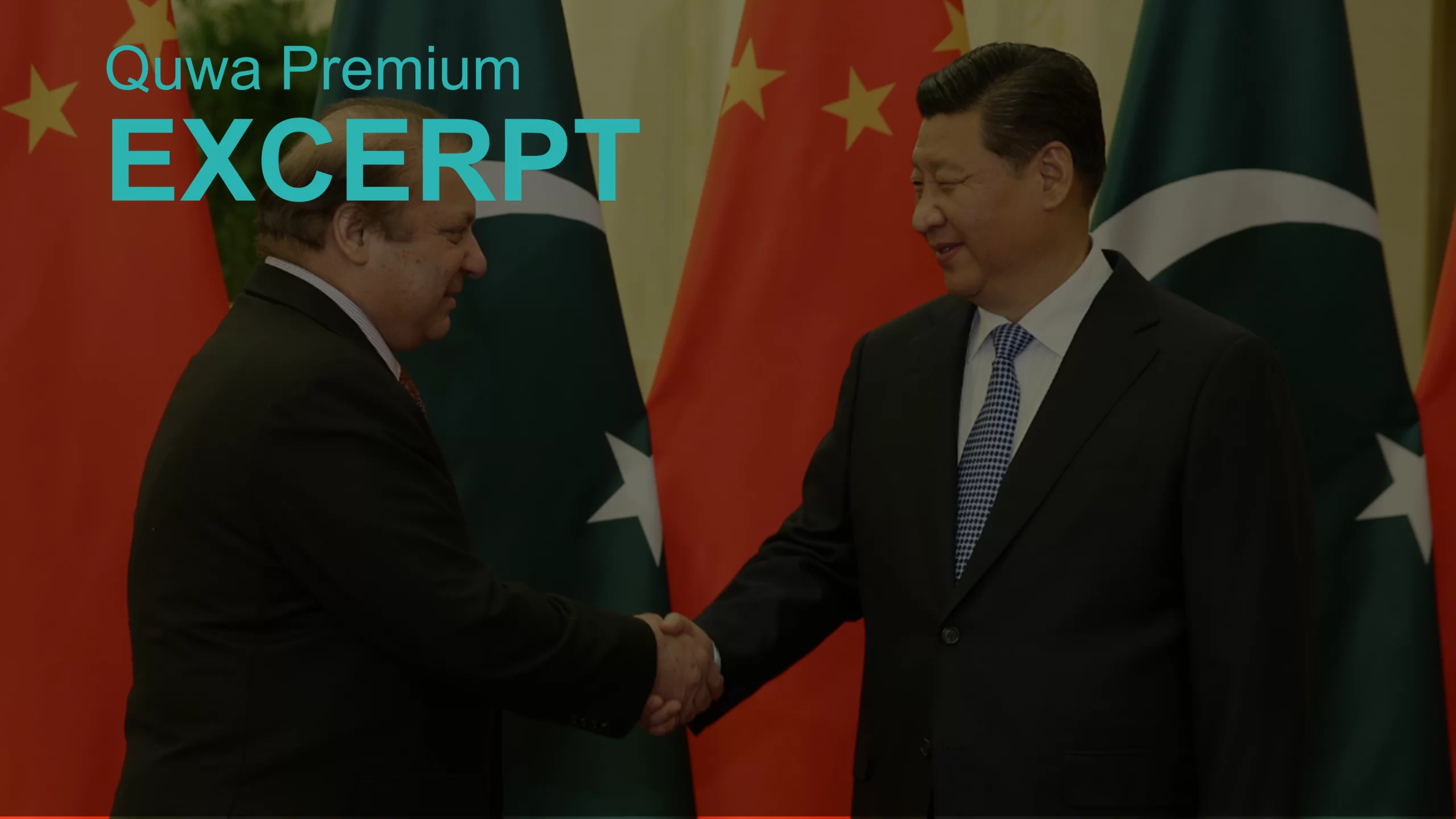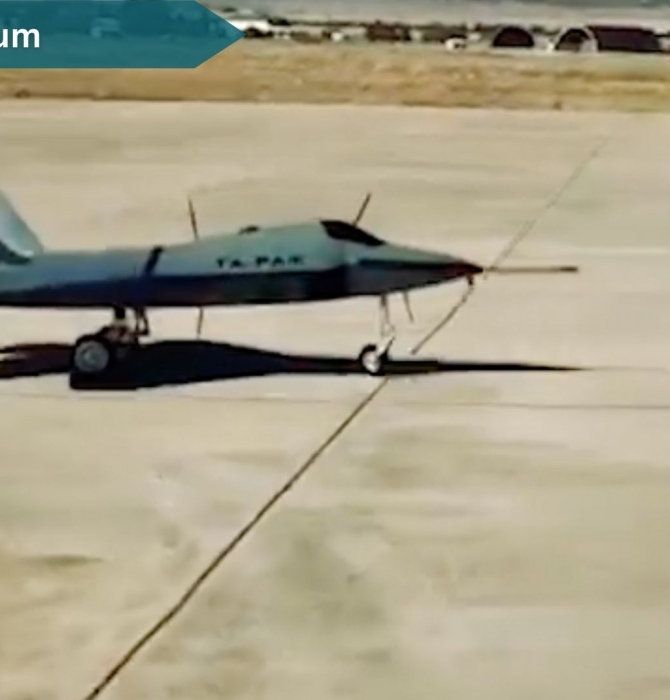8796Views

Pakistan’s First Homegrown Imaging Satellite Enters Orbit Quwa Premium
On January 17, a Long March-2D (LM-2D) satellite launch vehicle (SLV) successfully delivered Pakistan’s PRSC-EO1 imaging satellite into its designated orbit.
The mission was conducted by the China Great Wall Industry Corporation (CGWIC), a subsidiary of the China Aerospace Science and Technology Corporation (CASC). In addition to the PRSC-EO1, the LM-2D also deployed China’s DAO-1 and Blue Carbon-1 satellites.
The PRSC-EO1 is the first electro-optical (EO) satellite designed and produced by Pakistan’s Space and Upper Atmosphere Research Commission (SUPARCO). The EO1 is equipped with a high-resolution optical payload capable of capturing multi-spectral images at a high resolution, potentially within 1 m.
According to SUPARCO, the EO1 will be used for a range of roles, including land mapping, agriculture, urban planning, disaster management, environmental monitoring, conserving natural resources, farming, infrastructure monitoring, and real-time disaster response support.
The newly deployed EO1 will supplant the Pakistan Optical Remote Sensing Satellite 1 (PRSS-O1), which was launched in July 2018. With a lifecycle of seven years, the PRSS-O1 will likely be decommissioned by the end of 2025.
In addition, one of Pakistan’s two communications satellites, the PakSat-1R, will also reach the end of its lifecycle in 2025 or 2026. SUPARCO has yet to announce if it will replace the PakSat-1R with an original communications satellite design of its own.
Comments and Analysis
Based on the timing and capabilities of the PRSC-EO1, it seems this satellite is SUPARCO’s previously designated PRSS-O2. The Government of Pakistan allocated funding for the PRSS-O2 in 2021 with the goal of designing a satellite with sub-1 m resolution imaging capabilities.
The EO1 is the second of SUPARCO’s newly deployed satellites in the last 12 months; in May 2024, the Chinese Long March 5 SLV deployed the ICUBE-Q (Qamar), a miniature satellite jointly developed by the Institute of Space Technology in Islamabad and SUPARCO.
Overall, the deployment of the EO1 is a sign that Pakistan’s homegrown space development program is progressing, at least in terms of original satellite design work.
Pakistan’s space development efforts date back to the early 2010s, when the SUPARCO leadership at the time committed to ‘Space Vision 2040’. The goal of Space Vision 2040 was for SUPARCO to reach a point where it can “make, product, and launch” its own satellites.
These satellites would consist of imaging, remote-sensing, satellite communications (SATCOM), and, potentially, satellite navigation constellations.
End of excerpt (388/1,023 words)
Existing Quwa Premium members can log in below
Note: Logged in members may need to refresh the article page to see the article.


